As a student of naturopathic medicine, I didn’t quite get herbs. They were natural, sure, but why would I prescribe them in lieu of homeopathy, dietary changes or nutritional supplements? I didn’t get it.
I liked herbs; I understood the idea of synergy—the fact that the effect of the entire plant is greater than the sum of its parts. Also, I knew that plants often have superior effects to some drugs in that they often contain active ingredients that balance the side effects otherwise caused by most pharmaceutical medications. For example, anti-inflammatory herbs like turmeric and licorice root also support and strengthen the immune system, rather than suppress it, as most anti-inflammatory drugs tend to do. For most drugs that lower inflammation, a common side effect is severe immune deficiency. This is not the case for herbs that lower inflammation, which actually benefit the immune system. So, I knew herbs were cool.
I also liked the idea that each tincture was individually created for the totality of symptoms a patient presented with. Creating a specific medicine for each individual seemed to fit with the idea of singularity in medicine, which I resonated with. However, for a long time I didn’t get herbs. And I’ve often been reluctant to prescribe herbs in my practice.
First of all, I don’t have my own dispensary so sending patients off to buy tinctures created a kind of disconnection from the source of my prescriptions. Secondly, as many of you who have tried it can contest, tinctures (or herbs extracted in alcohol) taste terrible and make compliance hard, even for myself. Thirdly, tinctures are quite expensive. Each 50 ml of tincture can cost upwards of $5 making a month’s supply of herbs quite costly. This is funny because many of the herbs that are so costly to buy grow like weeds in southern Ontario (dandelion, for example, is often considered a weed) and tinctures aren’t that difficult to make. Fourthly, I didn’t like to prescribe tinctures because, as I understood it, people would only feel better while actively taking the herb. In my mind, the herb worked like a drug in that once you stopped taking it, the positive effects would diminish. This differed from my understanding of homeopathy, which stimulates the body to heal itself, correcting nutritional deficiencies or looking for and treating the root cause of symptoms. I doubted whether the way we were taught to prescribe herbs did in fact treat the root cause. This is important because the guiding principles of naturopathic medicine dictate that we aim to do this whenever possible.
I had no doubt, however, that herbs were effective. Taking a tincture seemed to be far more effective for me and the patients I treat than taking supplements. Herbs are nutritional—they are a food and a medicine and therefore contain a myriad of health benefits beyond treating what they are prescribed to treat.
It wasn’t until I read author and herbalist Matthew Wood’s works on herbalism that I began to internalize the idea that herbs do in fact stimulate the body to heal itself. Plants contain an inherent wisdom, according to Wood and his studies in western and Native American herbalism. Plants eradicate disease by stimulating the healing powers of the body and strengthening the body’s capacity to heal itself from disease. The body is constantly trying to heal itself from ailments and, when these processes become blocked for one reason or another, disease symptoms begin to manifest. Herbs can strengthen the body’s healing processes, when prescribed in a certain way, and large doses for long courses of time are not necessary. Further, once the disease is eradicated, the herbs can be stopped. When prescribed as a healing catalyst, disease doesn’t return once the herbal prescriptions have done their work.
Wood writes, “It should be understood that herbs can be used either way: to stimulate the self-healing powers of the organism to return to health, or to artificially manipulate the organism to fit an artificial goal.” He uses the examples of goldenseal, which at high doses can kill bacteria or viruses that have invaded the body and in smaller doses can increase the mucosa and digestive systems of the body to rid itself of the invaders and, in turn, strengthen the body against future invasions.
In regards to the cost of herbal tinctures, there are relatively simple ways to get the effects of herbs by making your own tinctures.
Read on to support liver detox, hormonal health and cardiovascular health by creating your own rosemary tincture using dried rosemary, one of my favourite herbs of the moment, and a bottle of white wine:
Rosmarinus officinalis, is the latin name for rosemary, a member of the mint family. While better known for its ability to perfectly complement roast chicken, it has a number of health benefits. Rosemary’s energetic actions are stimulating and warming, according to Matthew Wood. It clears up phlegm and dampness, stagnation and sluggishness in the tissues.
Rosemary has the ability to boost metabolism and increase the absorption of sugars and fats, which make it an appropriate nutritional supplement for people with diabetes. It can help drive glucose into the cells, diminishing the need for the body to release large amounts of insulin, re-sensitizing cells to insulin and lowering blood sugar. It can help nourish the entire body and has a special affinity for the heart, lungs, spleen, liver and kidneys.
Rosemary is currently often used to detoxify toxic, exogenous estrogens from the body while promoting the conversion of health-promoting estrogens in the liver. It is a powerful stimulator of liver detoxification. It therefore serves as a cheap and useful remedy for seasonal, full-body detoxes or coming off oral contraceptive or synthetic hormones, such as the fertility drugs given before IVF treatments. It is also useful for promoting circulation and lymphatic drainage, moving sluggishness and excess weight and creating warmth and vitality in the body’s circulatory systems.
Herbalists use rosemary tincture or oil applied topically to the head and neck to treat migraines from tense shoulder and neck muscles. Its scent is aromatic and stimulating and can improve memory and cognition. It is an effective remedy for mental-emotional depression when taken internally, especially where patients feel damp, sluggish, lack motivation and experience feelings of mental dullness.
As a digestive aid, rosemary can help relieve abdominal bloating and flatulence. It also helps stimulates appetite. It helps burn up phlegm in the stomach and can aid in weight loss.
In addition, rosemary contains antimicrobial properties, meaning it can be used to kill bacterial and viral infections, especially when taken at the beginning of a cold.
It is a powerful heart tonic, especially where there is edema and circulatory stagnation, such as early signs of congestive heart failure. It also can help with arthritic pains and joint stiffness when applied topically to joints or taken internally as an anti-inflammatory.
In Matthew Wood’s book, The Practice of Traditional Western Herbalism, he recommends creating a rosemary infusion (infuse fresh leaves and flowers in a pot of boiled water and keep covered) or a tincture using white wine as the alcohol base.
A few days into taking this tincture (mixed with a little water to dilute the strong taste), I’ve noticed my skin clear, my digestion improve, my stomach flatten (I no longer have any bloating and I’ve been experimenting with eating wheat again for the first time in years), and my energy increase. My symptoms of PMS this month subsided before my period even came. I had a canker sore in my mouth that immediately went away once I started taking rosemary wine. I’ll certainly be adding this cheap and effective DIY remedy to my self-care and general health-promoting regime.
Here’s how to make your own.
Rosemary Wine:
Ingredients:
1 handful (approximately 250 ml) of rosemary leaves, dried, cut up as small as possible (you can use a packet of rosemary spice from the grocery store). Extra points for organic.
1 bottle (750 ml) of white wine (Wood recommends a good quality wine, I used a cheap homemade one I was given as a gift).
1 empty glass bottle/jar
Directions:
Put rosemary in the empty glass jar. Pour entire 750 ml bottle of white wine over rosemary and let stand in a cool, dry place for 2-3 days. Then strain out the herbs and store the liquid tincture in a cool, dry, dark place, like a cupboard.
Talk to your naturopathic doctor about appropriate dosing, though most botanical prescriptions involve 1 tsp of tincture 2-3 times a day away from food. This will vary according to your health challenges and health goals, among many other factors.*
Reference:
Wood, Matthew. 2004. The Practice of Traditional Western Herbalism: Basic doctrine, energetics and classification. Berkeley, California: North Atlantic Books.
*This article is not to be confused with medical advice from a licensed naturopathic doctor. If you suffer from one of the above-mentioned conditions and believe rosemary might help, please book an appointment to receive an appropriate assessment.


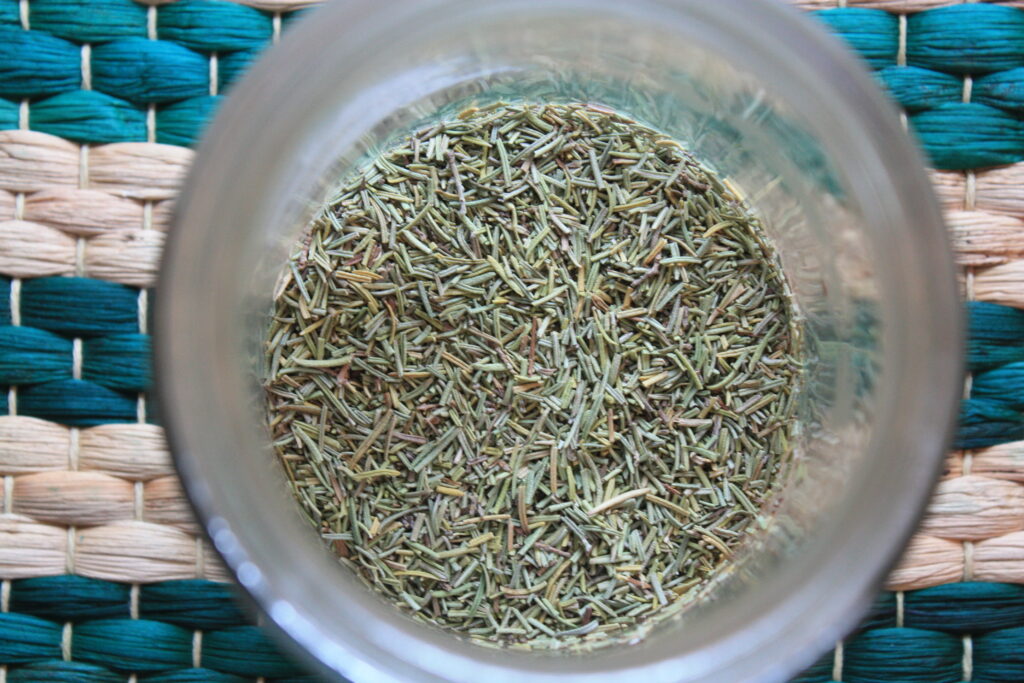
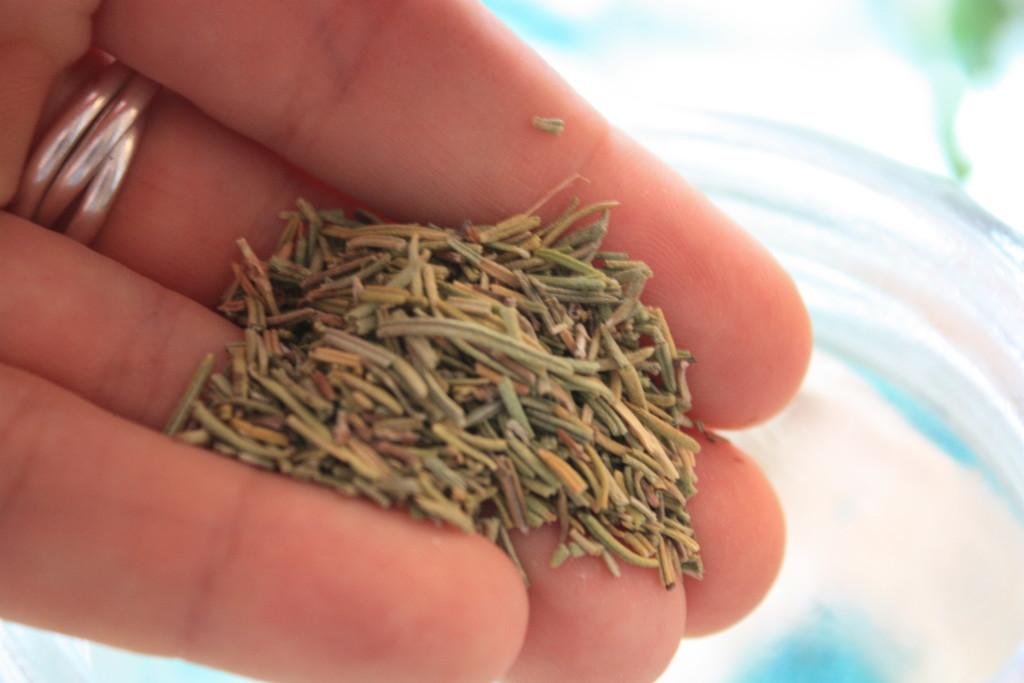
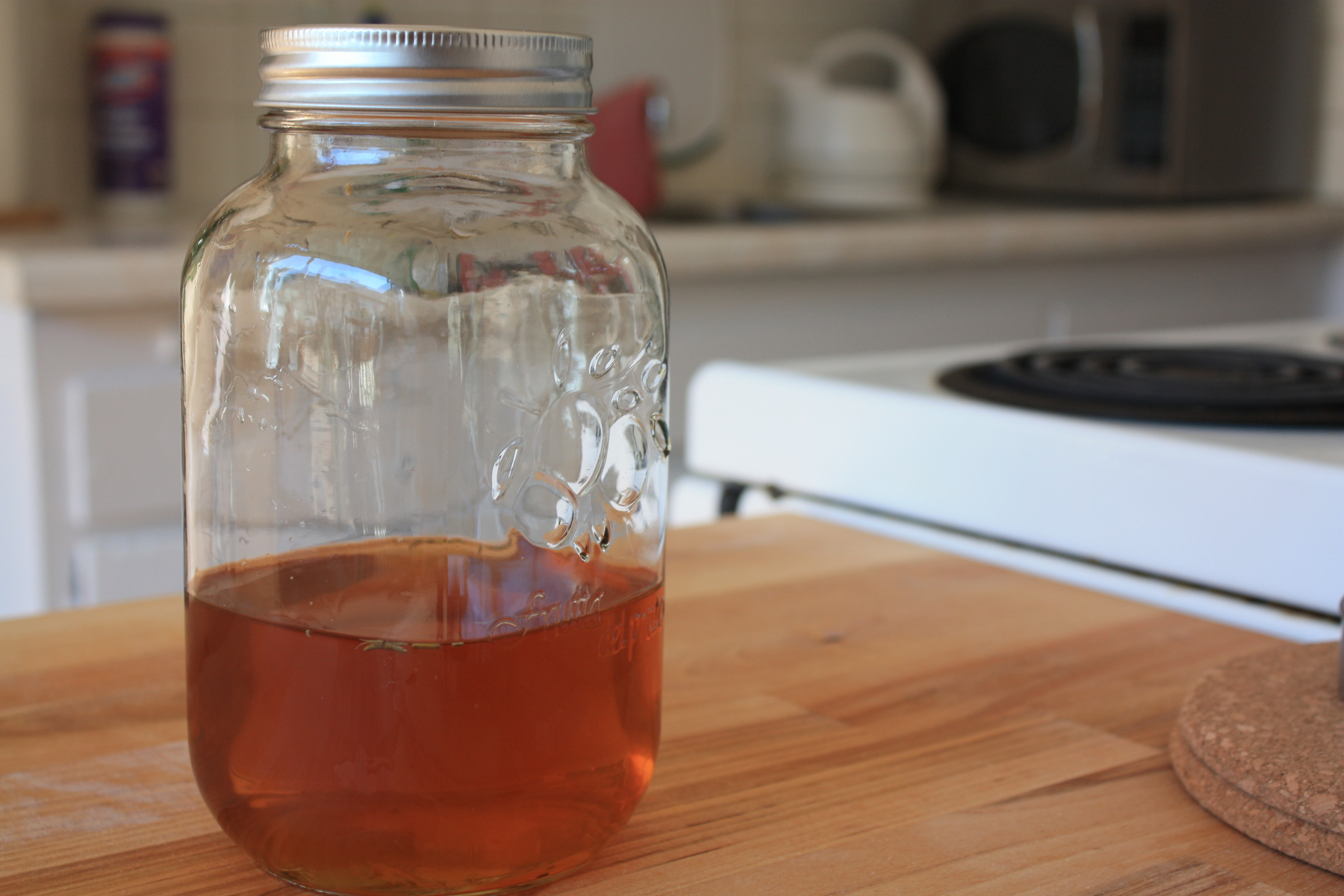
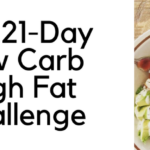

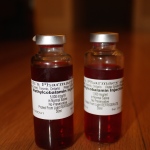



I imagine making a cilantro tincture would consitute a very similar process… ?
I imagine making a cilantro tincture would constitute a very similar process… ?